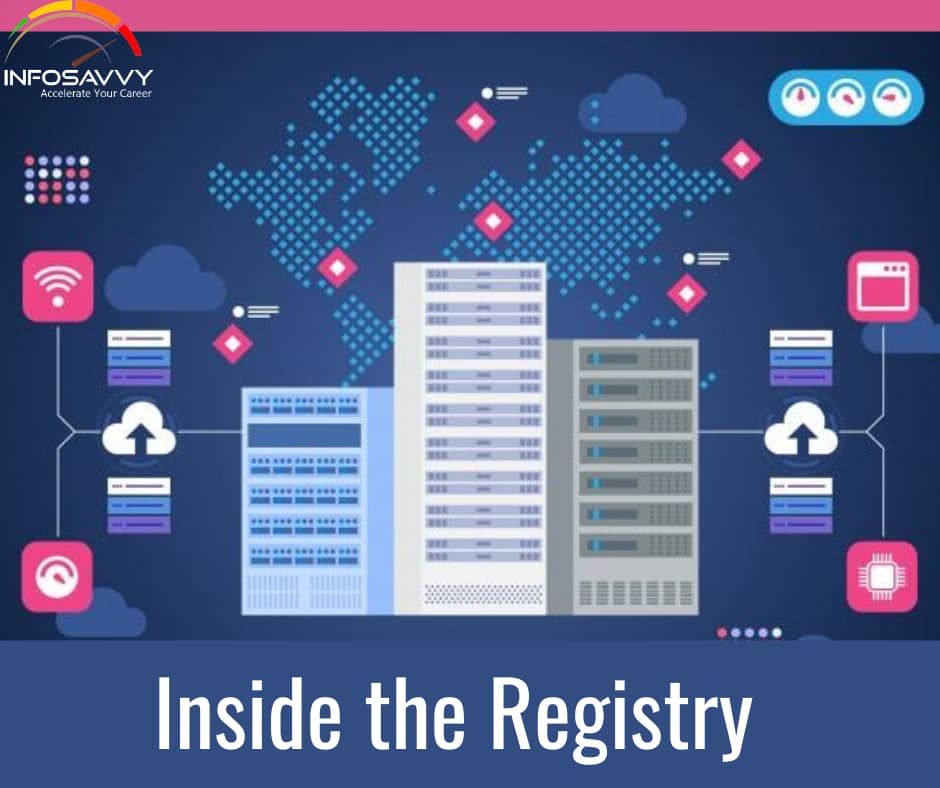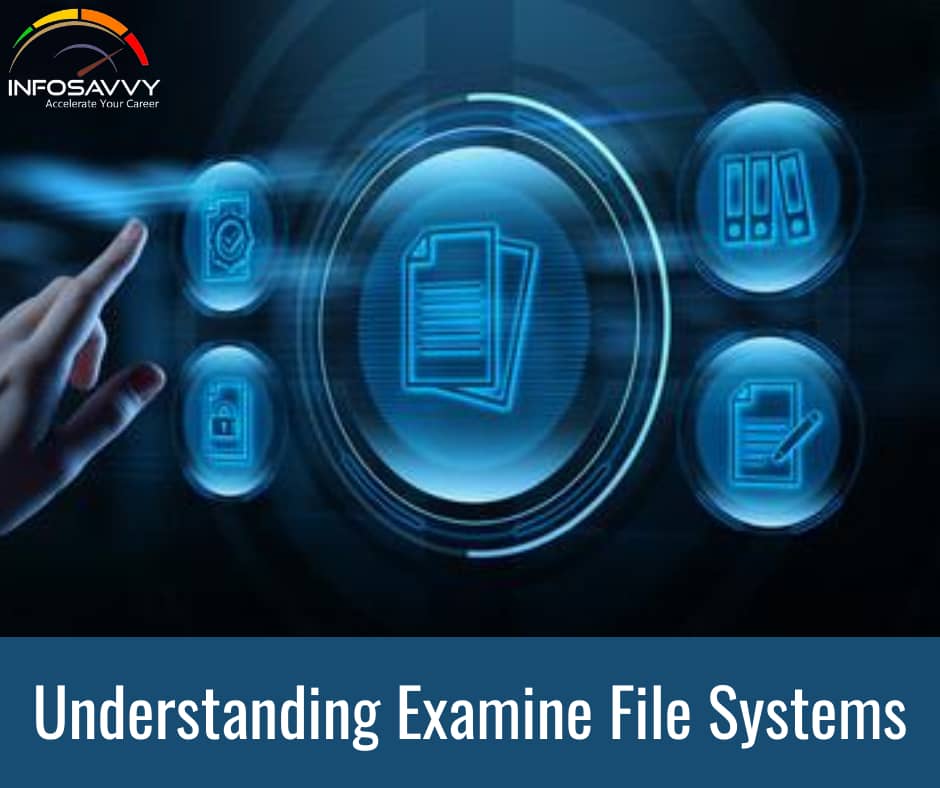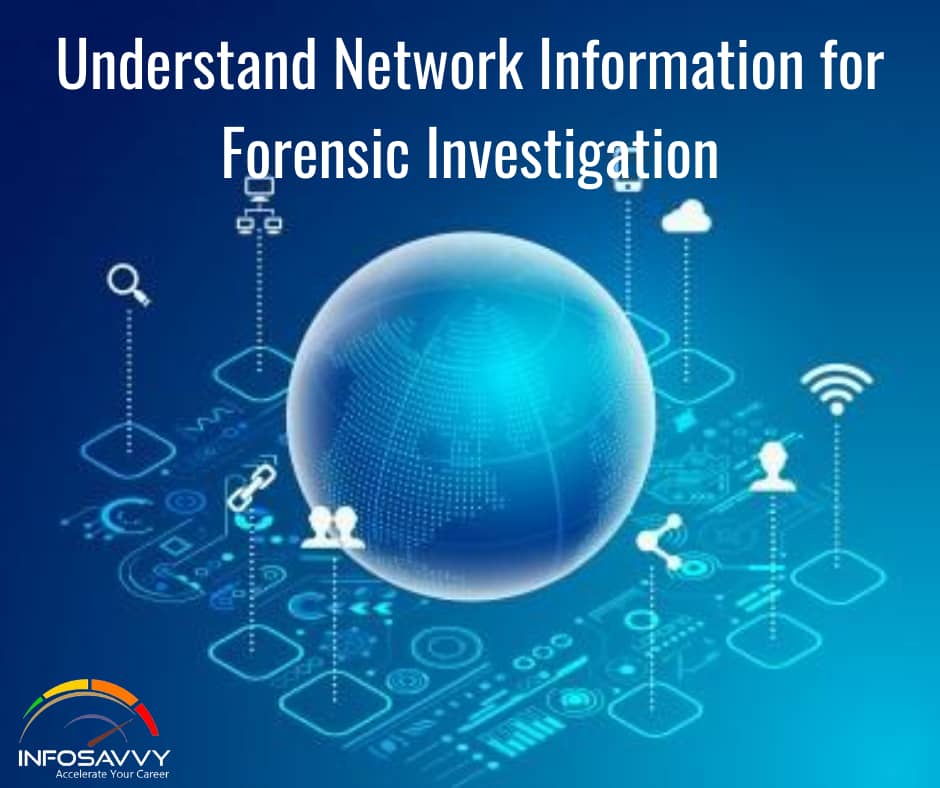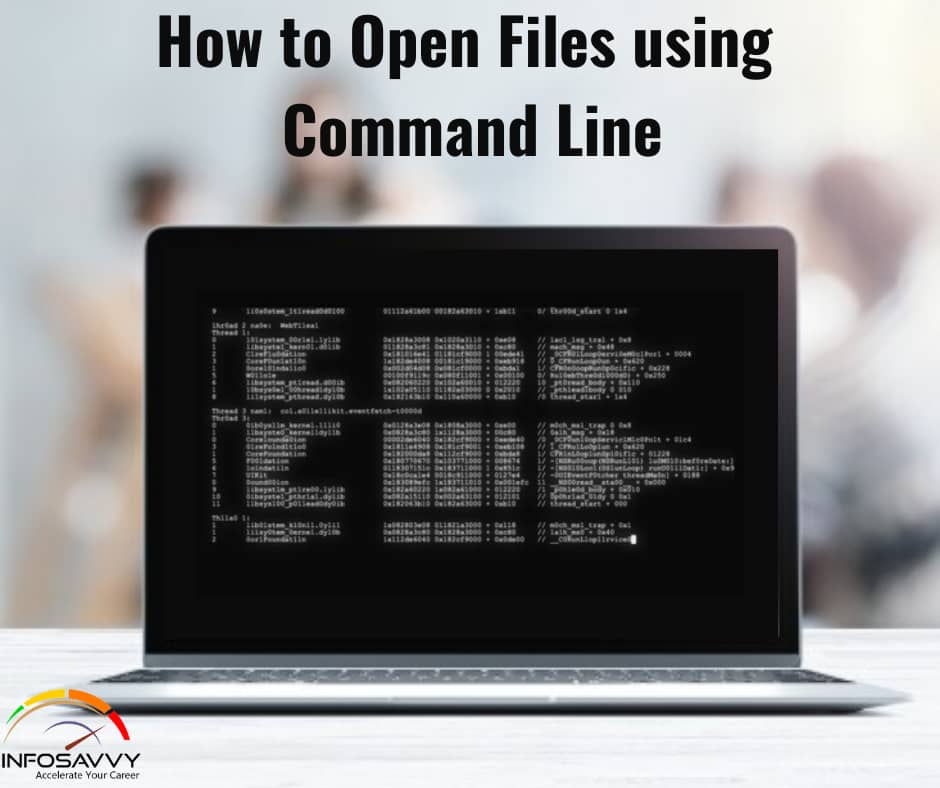Linux Forensics
Linux forensics refers to performing forensic investigation on a Linux operated device. To do so, the investigators should have a good understanding on the techniques required to conduct live analysis; to collect volatile and non-volatile data, along with knowledge of various shell commands and the information they can retrieve. The investigators should also be aware of the Linux log files, their storage and location in the directory, as they are the most important sources of information …












